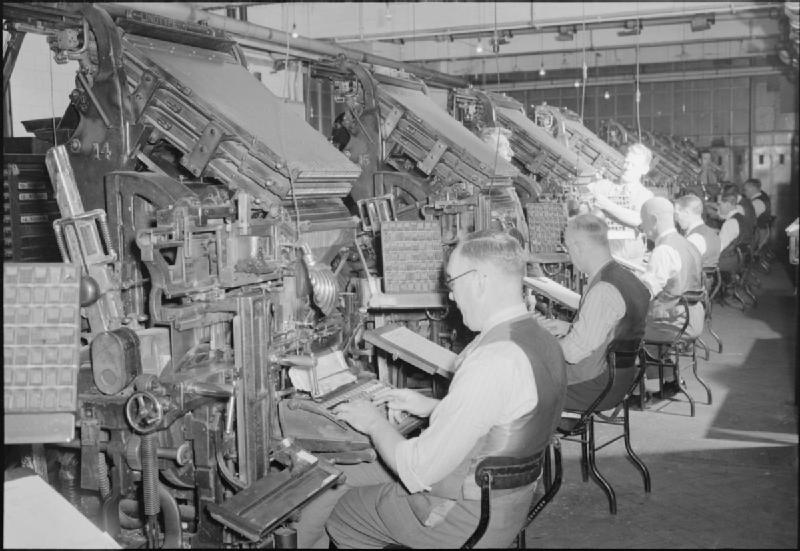When I moved to New York City a dozen years ago to seek work in arts journalism, I vividly remember trying to explain to my dad—a retired mechanical engineer who had spent his whole career at a single company—what my job prospects realistically looked like. “Are you going to get a job as a critic?” he asked me. It was a fair question. I’d already written loads of criticism, and in many senses identified as a critic (still do), but I’d never held a job with that title. I realized then that I was in a quandary very similar to that of a good friend of mine, who was (and remains) a first-rate single-panel editorial cartoonist: There were, even then, just a handful of folks in the entire U.S. still making their living at the peculiar job we felt called and qualified to do. I told my dad, “I might as well say I’m looking for a full-time job as a poet.”
The fortunes of the publishing trade have mostly waned since the mid-aughts; I don’t need to trot out the usual suspects and lamentations. I will cite one new-ish strain in the chorus of concern: the notion that theatre criticism as practiced by the overwhelmingly white and mostly male writers at our major legacy publications is dying for cause, and good riddance. A woke variation on the “critics are out of touch” complaint, it’s a fair charge as far as it goes, in that every writer (including yours truly) partakes of the privilege and systemic bias that accrue to our stations in life, compounded by our position of authority over the work of others.
But here’s the thing: One reason I still place some faith in criticism is that it’s an inherently reflective discipline. The best critics ruminate not only on the art in consideration; they also interrogate their own practices and the meaning of their work in relation to the art they cover; they reevaluate, revisit, even recant. This issue, for instance, is full of first-rate writing by critics about their trade and their craft: David Cote with a reported piece about the new opportunities and models for arts criticism springing up, anomalously but hopefully, in the wake of print media’s disintegration; Helen Shaw with an appreciative yet incisive “bestiary” of critical types, with piquant examples from past and present; and Kelundra Smith with a profile of three full-time critics of color, statistical outliers that may provide a shred of hope that the field can indeed diversify. (Online supplements to this package of stories on the state of criticism include Maya Phillips’s on what a lack of diversity means for theatre coverage; Carol Rocamora’s check-in with critical granddad Robert Brustein; and lively excerpts from Marvin Carlson’s five-decade theatregoing memoir.)
Perhaps we’re looking in the wrong places for the future of the form. Instead of lamenting the loss of critical jobs and prestige (put more sharply: the loss of privilege) into the churning maw of social media, why not embrace these new ways of responding to the art we love? Through new channels come new voices—not all trained “critics,” sure, but unquestionably critical voices, whose opinions now jostle on equal footing with credentialed crafts-people. It can get noisy, ugly, and certainly soul-draining in the wilds of Twitter and Facebook. But—while I will always plump for writers who’ve taken the precious time to think (and rethink) about their responses, and taken care to shape their words—the days when such voices held unquestioned authority are long gone. In their place: a hive mind buzzing excitedly about the art form we all can’t quit. I don’t know about you; that’s honey to me.


